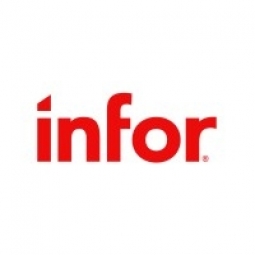Customer Company Size
Large Corporate
Region
- America
Country
- United States
Product
- Birst Networked BI
Tech Stack
- Business Intelligence
Implementation Scale
- Enterprise-wide Deployment
Impact Metrics
- Cost Savings
- Revenue Growth
Technology Category
- Analytics & Modeling - Real Time Analytics
Applicable Industries
- Food & Beverage
Applicable Functions
- Logistics & Transportation
- Sales & Marketing
Use Cases
- Inventory Management
- Supply Chain Visibility
Services
- Data Science Services
About The Customer
Sunny Delight Beverages Co. is a leading producer of juice-based drinks in North America. The company has four brands, including its flagship, SunnyD. When the company was spun off from Proctor & Gamble, it had eight different legacy business intelligence applications in place, all with independent silos of data. This led to conflicting figures being presented to executives as end users were working off unique silos of data. The company recognized the need to modernize and take a strategic approach to business intelligence. They aimed to empower end-users to make decisions at the speed of business while providing governance and a holistic view of the company’s data.
The Challenge
Sunny Delight Beverages Co., a leading producer of juice-based drinks in North America, was facing a challenge with its legacy business intelligence applications. The company had eight different legacy business intelligence applications in place, all with independent silos of data. This led to conflicting figures being presented to executives as end users were working off unique silos of data. This disparity led to revenue unpredictability, lower margins than necessary, high inventory buffers, and a lack of understanding true profitability from sales promotions. The legacy systems SunnyD had in place were too monolithic to support user self-service and agility. End-user data discovery tools, on the other hand, would amplify existing data silos.
The Solution
SunnyD chose Birst Networked BI to integrate data from multiple sources with transparent data governance, while at the same time providing self-service analytic capabilities to both technical and non-technical users. Birst provided SunnyD with an all-in-one platform for data aggregation, refinement and governance, with department-level dashboards customized on-demand. Its comprehensive solution enables the lines of business with department-level agility, but also provides enterprise-wide data consistency. This cross-functional visibility has created tremendous business value. For example, promotional uplift, traditionally measured by marketing, also impacts shipping expenses, which are measured by logistics. By recognizing this interaction, SunnyD has been able to make improvements in both areas.
Operational Impact
Quantitative Benefit

Case Study missing?
Start adding your own!
Register with your work email and create a new case study profile for your business.
Related Case Studies.

Case Study
The Kellogg Company
Kellogg keeps a close eye on its trade spend, analyzing large volumes of data and running complex simulations to predict which promotional activities will be the most effective. Kellogg needed to decrease the trade spend but its traditional relational database on premises could not keep up with the pace of demand.
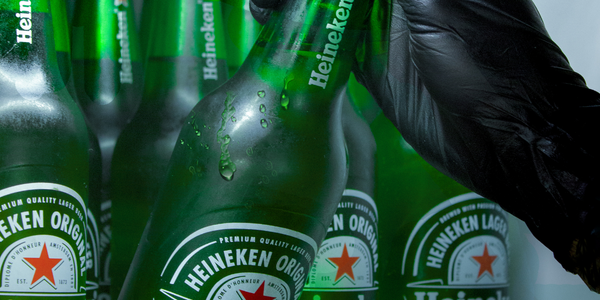
Case Study
HEINEKEN Uses the Cloud to Reach 10.5 Million Consumers
For 2012 campaign, the Bond promotion, it planned to launch the campaign at the same time everywhere on the planet. That created unprecedented challenges for HEINEKEN—nowhere more so than in its technology operation. The primary digital content for the campaign was a 100-megabyte movie that had to play flawlessly for millions of viewers worldwide. After all, Bond never fails. No one was going to tolerate a technology failure that might bruise his brand.Previously, HEINEKEN had supported digital media at its outsourced datacenter. But that datacenter lacked the computing resources HEINEKEN needed, and building them—especially to support peak traffic that would total millions of simultaneous hits—would have been both time-consuming and expensive. Nor would it have provided the geographic reach that HEINEKEN needed to minimize latency worldwide.
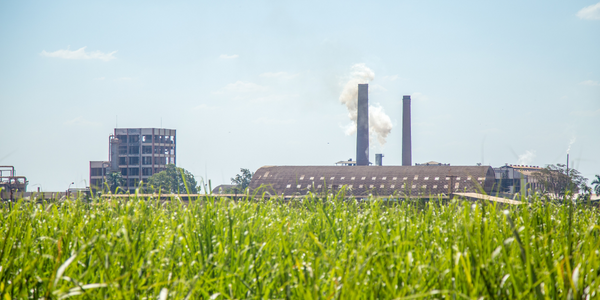
Case Study
Energy Management System at Sugar Industry
The company wanted to use the information from the system to claim under the renewable energy certificate scheme. The benefit to the company under the renewable energy certificates is Rs 75 million a year. To enable the above, an end-to-end solution for load monitoring, consumption monitoring, online data monitoring, automatic meter data acquisition which can be exported to SAP and other applications is required.
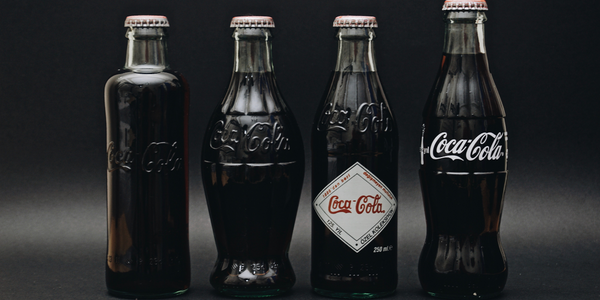
Case Study
Coca Cola Swaziland Conco Case Study
Coco Cola Swaziland, South Africa would like to find a solution that would enable the following results: - Reduce energy consumption by 20% in one year. - Formulate a series of strategic initiatives that would enlist the commitment of corporate management and create employee awareness while helping meet departmental targets and investing in tools that assist with energy management. - Formulate a series of tactical initiatives that would optimize energy usage on the shop floor. These would include charging forklifts and running cold rooms only during off-peak periods, running the dust extractors only during working hours and basing lights and air-conditioning on someone’s presence. - Increase visibility into the factory and other processes. - Enable limited, non-intrusive control functions for certain processes.
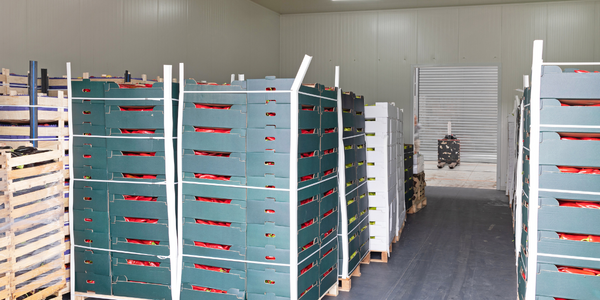
Case Study
Temperature Monitoring for Restaurant Food Storage
When it came to implementing a solution, Mr. Nesbitt had an idea of what functionality that he wanted. Although not mandated by Health Canada, Mr. Nesbitt wanted to ensure quality control issues met the highest possible standards as part of his commitment to top-of-class food services. This wish list included an easy-to use temperature-monitoring system that could provide a visible display of the temperatures of all of his refrigerators and freezers, including historical information so that he could review the performance of his equipment. It also had to provide alert notification (but email alerts and SMS text message alerts) to alert key staff in the event that a cooling system was exceeding pre-set warning limits.
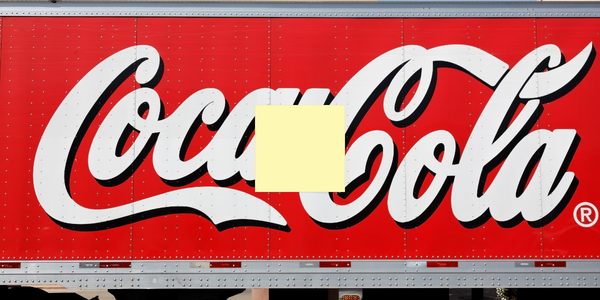
Case Study
Coca-Cola Refreshments, U.S.
Coca-Cola Refreshments owns and manages Coca-Cola branded refrigerators in retail establishments. Legacy systems were used to locate equipment information by logging onto multiple servers which took up to 8 hours to update information on 30-40 units. The company had no overall visibility into equipment status or maintenance history.




